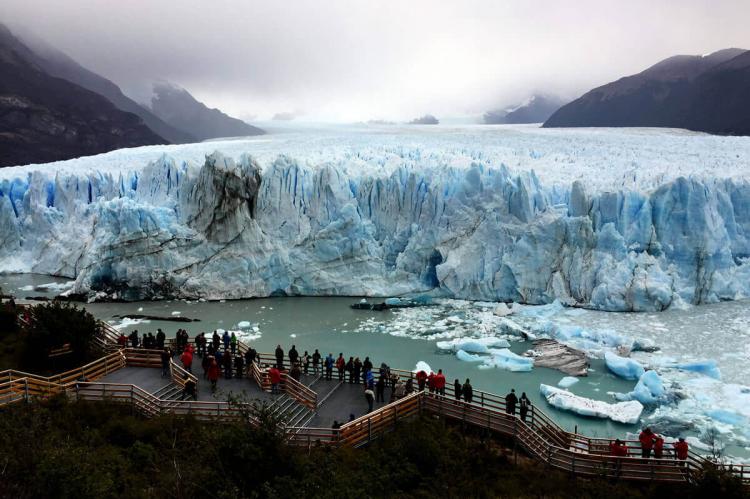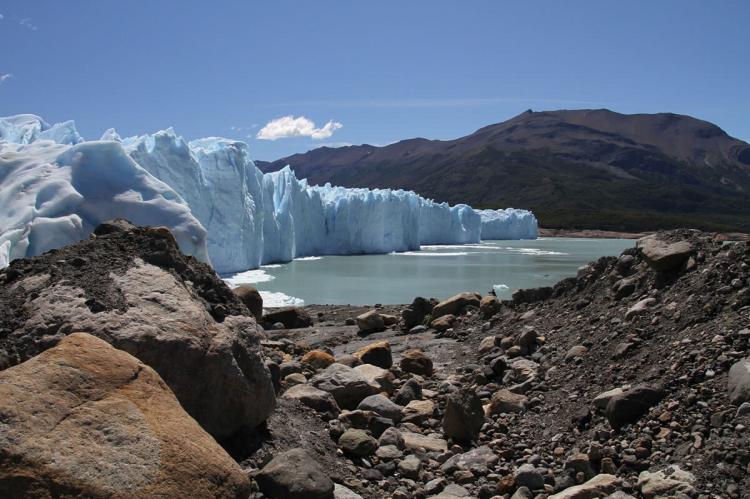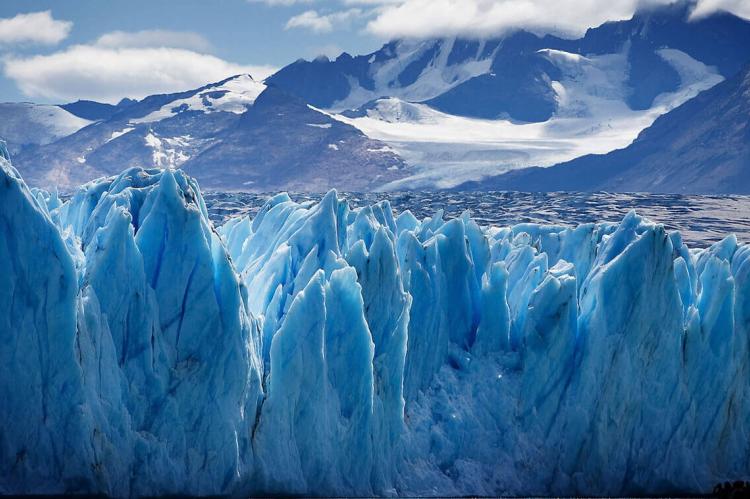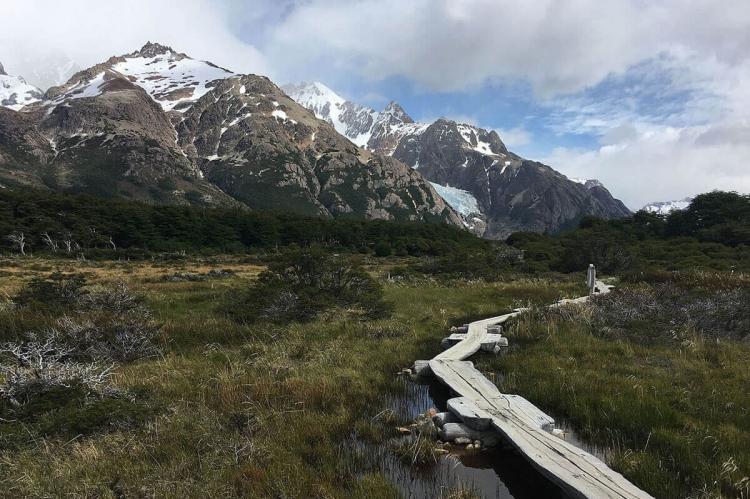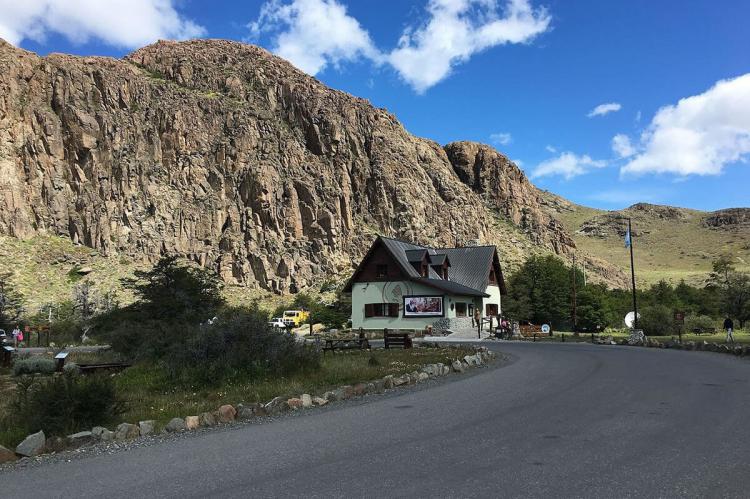The Majesty of Ice: Exploring the Perito Moreno Glacier and Los Glaciares National Park
In the remote expanse of Argentine Patagonia, an extraordinary spectacle unfolds at the Perito Moreno Glacier, one of the most iconic landmarks of Los Glaciares National Park. The glacier, known for its dramatic size, captivating beauty, and regular ruptures, is a significant tourist destination.
The Perito Moreno Glacier: An Awe-Inspiring Giant in Argentine Patagonia
In the remote expanse of Argentine Patagonia, an extraordinary natural spectacle unfolds at the Perito Moreno Glacier, one of the most iconic landmarks of Argentina's Los Glaciares National Park. Known for its dramatic size, captivating beauty, and regular ruptures, the glacier symbolizes the region's glacial power and is a significant tourist destination. Located near the town of El Calafate, this massive ice formation is part of the Southern Patagonian Ice Field, one of the world's largest freshwater reserves. Visitors flock to witness the Perito Moreno Glacier's majestic front, where the continuous cycle of ice calving into Lake Argentino creates a mesmerizing sight of nature in motion.
Geographic and Glaciological Significance
Location and Size
Perito Moreno Glacier is located in the southwest of Argentina, within the province of Santa Cruz, and is part of Los Glaciares National Park. The glacier covers an area of approximately 250 square kilometers (97 square miles) and extends 30 kilometers (19 miles) in length. It is situated 78 kilometers (48 miles) from the town of El Calafate, making it easily accessible for tourists seeking to experience one of the planet's most remarkable ice formations.
Fed by the Southern Patagonian Ice Field, the third-largest freshwater reserve globally, the glacier is one of 48 glaciers in the Andes shared between Argentina and Chile. Its immense size and the continuous movement of its ice make it a dynamic force in the region, creating a spectacle of natural beauty and contributing significantly to the area's hydrology.
The Glacier's Calving Phenomenon
One of the most striking characteristics of the Perito Moreno Glacier is its ongoing process of calving, where large chunks of ice break off from the glacier's edge and plunge into the waters of Lake Argentino. This event, which can happen suddenly and is accompanied by thunderous cracks and splashes, is a natural cycle that draws thousands of visitors annually. The glacier's tongue advances into a narrow channel of Lake Argentino, periodically creating an ice dam that causes the lake's water levels to rise. As pressure builds, the dam eventually ruptures, releasing water in a spectacular display of power. This rupture is regarded as one of the most awe-inspiring natural events in the world.
Los Glaciares National Park: A UNESCO World Heritage Site
Overview of the National Park
Los Glaciares National Park, located in southwestern Santa Cruz Province, is a vast and diverse protected area that spans approximately 726,927 hectares (1.8 million acres or 2,806 square miles), making it the largest national park in Argentina. Established in 1937, it encompasses rugged mountain terrain, glaciers, and expansive lakes, much of which is fed by the Southern Patagonian Ice Field. The park is bordered to the south by Chile's Torres del Paine National Park, another renowned natural wonder of Patagonia.
Designated a UNESCO World Heritage Site in 1981, Los Glaciares is home to numerous glaciers, many of which calve into the park's two primary lakes: Lake Argentino in the south and Lake Viedma in the north. These lakes form part of an interconnected hydrological system that flows into the Santa Cruz River and ultimately reaches the Atlantic Ocean.
Ecological and Geological Importance
Los Glaciares owes its name to the vast number of glaciers covering roughly half of its surface area. These glaciers are a direct result of the Quaternary glaciological processes that shaped the Patagonian Andes and represent the largest ice field in South America. Beyond the glaciers, the park's landscape is dominated by rugged granite peaks, with Mount Fitz Roy and Cerro Torre standing as two of the most prominent formations that attract climbers and trekkers from around the world.
Although glaciers are the park's namesake, Los Glaciares National Park offers a remarkable diversity of ecosystems due to its significant altitudinal range, from lowland forests to high-altitude icefields. The park is home to the Magellanic subpolar forests and the west Patagonian steppe, showcasing a rich variety of flora and fauna. The park's biodiversity is well-preserved, providing habitats for species such as the Andean condor, the guanaco, and the South American gray fox.
The Glacial Lakes of Los Glaciares National Park
Lake Argentino
Lake Argentino, the largest lake in Argentina, covers an area of 1,466 square kilometers (566 square miles) and plays a central role in the hydrology of Los Glaciares National Park. It is fed by several glaciers, including the Perito Moreno, Upsala, and Onelli Glaciers, which continuously calve icebergs into its milky blue waters. The lake's color results from glacial sediments, known as "rock flour," suspended in the water, giving it a striking turquoise hue.
The southern part of Lake Argentino is home to the Perito Moreno Glacier, where the meeting of the ice and water creates a dramatic visual and auditory experience. The glacier's towering front can reach up to 60 meters (200 feet) above the lake's surface, making it one of the most accessible and stunning glaciers in the world.
Lake Viedma
To the north of the park lies Lake Viedma, another vast glacial lake with an area of approximately 1,100 square kilometers (420 square miles). Like Lake Argentino, Lake Viedma is fed by glaciers, including the Viedma Glacier, one of the park's largest. The lake is surrounded by a more rugged and remote landscape, offering a quieter and less touristy experience than its southern counterpart. These two lakes form the backbone of the park's glacial system, draining into the Santa Cruz River and eventually the Atlantic Ocean.
Climate and Weather Patterns
The climate of Los Glaciares National Park is characterized by cool and moist conditions, with average temperatures ranging from 0.6°C (33.1°F) in winter to 13.4°C (56.1°F) in summer. At higher altitudes, temperatures can drop even further, with an annual mean of around −3°C (26.6°F). Precipitation is moderate throughout the year, with annual rainfall ranging from 500 millimeters (20 inches) in the west to 900 millimeters (35 inches) in the east. Snowfall is common during winter, adding to the already icy landscapes.
Conclusion
With its stunning calving events and immense size, the Perito Moreno Glacier stands as one of the most iconic natural wonders of Argentine Patagonia. Set within the larger Los Glaciares National Park, this glacier forms part of a vast landscape shaped by the forces of ice, wind, and water. The park's impressive range of glaciers, lakes, and towering peaks attracts visitors worldwide, while its designation as a UNESCO World Heritage Site underscores the global significance of its glaciated landscapes. From the crashing icebergs of Perito Moreno to the tranquil beauty of its expansive lakes, Los Glaciares National Park offers a glimpse into the ancient forces that continue to shape the Earth.
